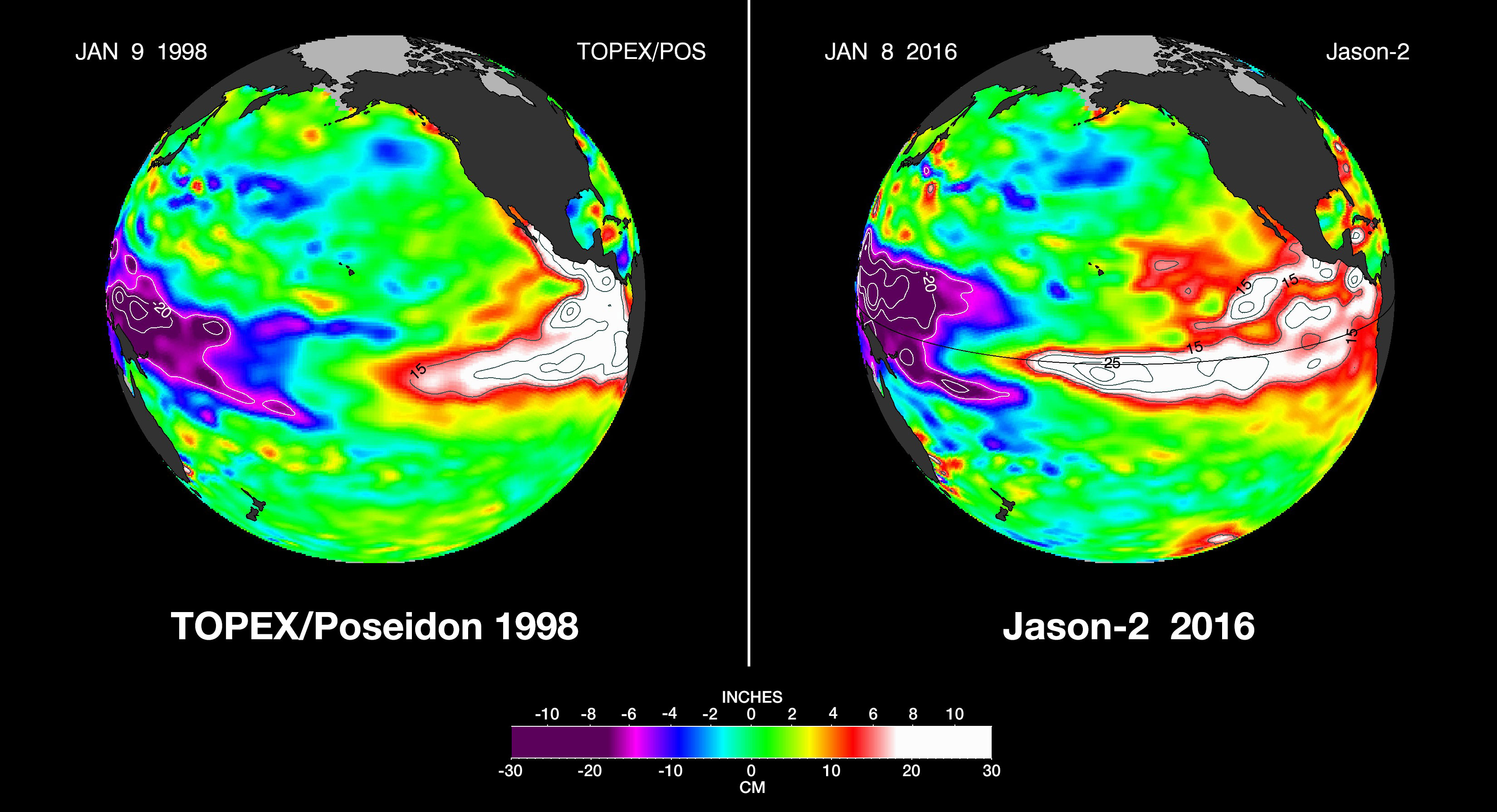Scientists reported Wednesday that 2015 was by far the warmest year on record, breaking a record that was set the year before, which has some wondering whether global warming is taking root.
ASU climatologist Randy CervenyCerveny is a President's Professor in ASU's School of Geographical Sciences and Urban Planning, which is an academic unit of the College of Liberal Arts and Sciences., however, identified another culprit.
Question: Were you surprised that 2015 is the hottest year on record?
Answer: No. The primary reason for that warming is what we call is El Niño, a major warming on the Pacific Ocean. This El Niño is unprecedented in the last 50 years. The fact we are seeing such a warming globally is primarily attributable to the massive warming we are having in the Pacific Ocean.
The fact that we have had very warm temperatures over the past 20 years, particularly — we have had global warming happening at an accelerated rate — will make this more noticeable. But the primary cause is the warming we have in the Pacific Ocean.
Q: What is El Niño?
A: El Niño is a periodic variation of sea surface temperatures. Normally the Eastern Pacific is cold and the Western Pacific is warm. About every five to seven years there is a surge back from the West to the East of warm water, and it comes along the coast of South America. When it happens we get this change in the storm track and the weather patterns, and it is something that pretty much affects the entire world.
NASA ocean surface topography comparing the 1997-1998 vs. 2015-2016 El Niño events. Image by NASA/JPL-Caltech
Q: Will 2016 be hotter than 2015?
A: Yes, 2016 will be an incredibly hot year. The primary reason for that is because we still have El Niño going on. El Niño is a massive warming that began last June and will go on until April or early May of this year; consequently the temperatures we will have globally this year will be marked by that massive warming in the Pacific Ocean.
Q: What will we see as a result?
A: The primary thing that El Niño is associated with is precipitation in the South and Southwestern parts of the U.S. Our forecast for the next few months here in the Southwest is we are going to have many more rains and we will start to fill up some of the reservoirs that have been emptied over the last few years. This is the perfect kind of rains to break droughts.
The full interview with Randy Cerveny is available here.
More Environment and sustainability

Rethinking Water West conference explores sustainable solutions
How do you secure a future with clean, affordable water for fast-growing populations in places that are contending with unending drought, rising heat and a lot of outdated water supply infrastructure…
Meet the young students who designed an ocean-cleaning robot
A classroom in the middle of the Sonoran Desert might be the last place you’d expect to find ocean research — but that’s exactly what’s happening at Harvest Preparatory Academy in Yuma, Arizona.…

From ASU to the Amazon: Student bridges communities with solar canoe project
While Elizabeth Swanson Andi’s peers were lining up to collect their diplomas at the fall 2018 graduation ceremony at Arizona State University, she was on a plane headed to the Amazon rainforest in…



